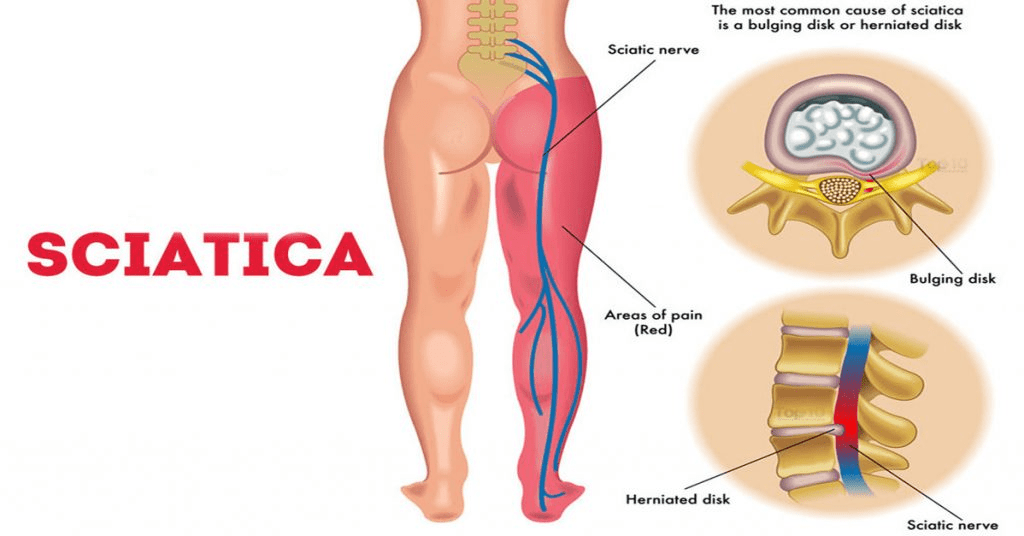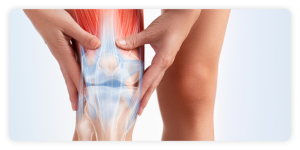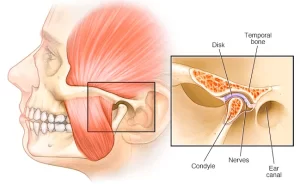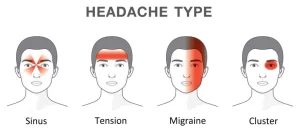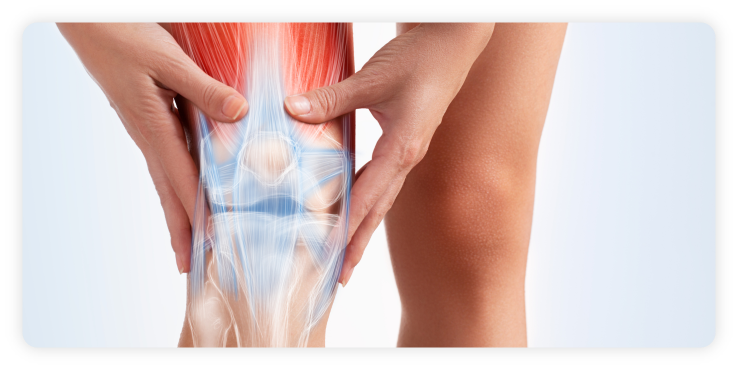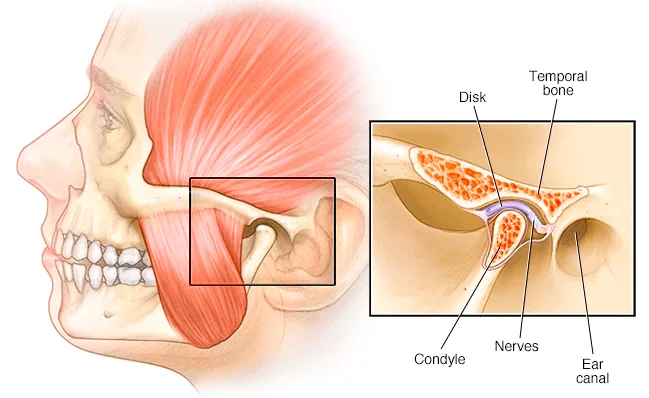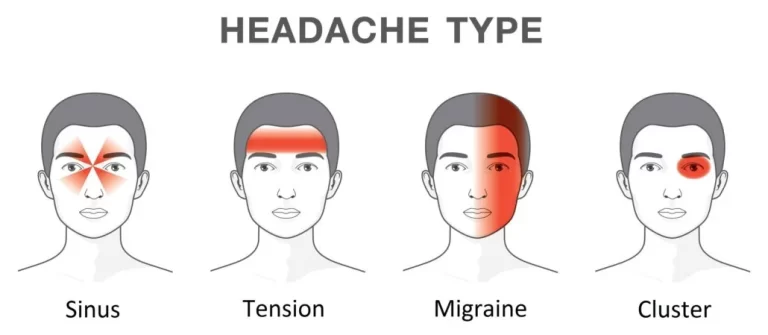What is Sciatica?
Sciatica refers to pain that radiates along the path of the Sciatic nerve which is the longest and widest nerve in the human body that branches from the lower back, through the hips and buttocks, down each leg, and ending just below the knee. The Sciatic nerve controls several muscles in the lower legs and supplies sensation to the skin of the foot and the majority of the lower leg. Sciatica typically affects only one side of the body.
Sciatica occurs when the Sciatic nerve becomes pinched usually by a herniated disk in the spine or by an overgrowth of bone (bone spur) on the vertebrae. More rarely, the nerve can be compressed by a tumour or damaged by a disease such as Diabetes. Some conditions such as Spinal Stenosis, Spondylolisthesis, and Piriformis Syndrome can also cause Sciatica. Consulting a chiropractor in Singapore may help identify the underlying cause and provide guidance on managing the condition.
Risk factors of Sciatica may include:
– Age.
Age-related changes in the spine such as herniated disc and bone spurs are the most common causes of Sciatica.
– Obesity.
By increasing the stress on your spine, excess body weight can contribute to the spinal changes that trigger Sciatica.
– Prolonged sitting.
People who sit for prolonged periods or have a sedentary lifestyle are more likely to develop this.
– Diabetes.
This condition which affects the way the body uses blood sugar increases the risk of nerve damage.
Symptoms of Sciatica
The symptoms of sciatica involve a combination of sensations that can significantly impact daily activities. These symptoms are diverse and can vary in severity.
Burning Sensations and Shooting Pain
- One of the most prominent symptoms of sciatica is a constant burning or shooting pain that originates in the lower back or buttocks, radiating down one leg.
- This pain often extends along the front, back, or even the side of the thigh, knee, calf, and feet. The intensity of the pain can vary, but it is typically sharp and debilitating.
Radiating Pain to the Feet
- The pain can extend all the way to the feet, a symptom of sciatica that distinguishes it from other types of lower back pain.
- The discomfort may feel as though it is following the path of the sciatic nerve.
Numbness in the Back of the Leg
- Alongside the pain, sciatica often causes numbness in the back of the affected leg.
- Feeling a sensation of “deadness” can make it difficult to feel or control your leg fully, hindering movement.
Tingling or “Pins and Needles” Sensation
- Some individuals with the symptoms of sciatica may experience tingling or a “pins and needles” feeling along the affected leg. This can be uncomfortable and, at times, alarming.
Weakness in the Affected Leg
- As the sciatic nerve becomes more irritated, weakness may develop in the leg, making simple movements like walking or standing more challenging.
- The weakness can lead to a sense of instability, making it important to take precautions while moving.
Feeling of Heaviness in the Leg
- A sensation of heaviness or weakness in the leg can make it feel as though it is difficult to lift or move.
- This particular symptom of sciatica can cause a noticeable imbalance when standing or walking.
Posture-Induced Pain
- Remaining seated for extended periods can exacerbate the pain, especially if the posture is poor or there is compression of the sciatic nerve.
- The act of rising from a seated position may trigger or intensify the pain due to the shift in pressure on the lower back and legs.
- Bending the spine forward can strain the lower back and nerves, increasing discomfort in the sciatic region, while twisting motions, such as turning to one side, can further irritate the sciatic nerve, especially if it is already inflamed.
- Lying down may exacerbate symptoms of sciatica, particularly if the spine is not properly aligned during sleep.
- Coughing or sneezing can increase the pressure on the spine and nerves, often triggering or worsening the sharp pain associated with sciatica.
A Guide to Diagnosing Sciatica
To accurately diagnose sciatica, healthcare professionals employ a multifaceted approach that combines physical examination, imaging studies, and specialised tests. Here is what you can expect:
Physical Examination:
The healthcare provider will assess your muscle strength, reflexes, and mobility. You may be asked to perform specific movements such as walking on your toes or heels, rising from a squatting position, or lifting your legs while lying on your back. These maneuvers help identify areas of weakness or abnormalities indicative of sciatic nerve involvement.
Diagnostic Imaging:
– X-ray:
This provides a detailed view of the spine, revealing mechanical changes that may affect the size of the nerve root exit holes.
– MRI:
This non-invasive procedure generates cross-sectional images of the back, offering detailed views of soft tissues such as herniated discs and pinched nerves.
– CT Scan:
In some cases, a CT scan may be performed with or without a dye injected into the spinal canal (CT myelogram) to enhance visualisation of the spinal cord and nerves.
Electromyography (EMG):
This is a specialised test that measures the electrical impulses produced by nerves and muscles. By assessing nerve function and muscle responses, EMG can confirm the severity of a nerve root injury associated with sciatica. This test provides valuable insights into the extent of nerve involvement and guides treatment decisions.
Do not let sciatica hinder your daily activities. Early diagnosis and sciatica treatment in Singapore are key to optimising outcomes and restoring your quality of life.
Understanding the Progression of Sciatica
Unlike diseases with defined stages, sciatica can manifest as either acute or chronic discomfort. If you’re experiencing sharp, searing pain radiating down your leg, difficulty flexing your foot, or find walking unbearable, it’s important to seek medical evaluation as soon as possible.
Delaying treatment could exacerbate the condition, potentially leading to more severe complications or necessitating invasive sciatica treatment down the line.
Sciatica Treatment
Physical therapy is recommended in treating Sciatica. Treatment program will focus on reducing inflammation and pain along with improving the physical function. Manual therapy will be done to mobilise the spine and soft tissues, alleviating tension and improving alignment. Modalities such as Cryotherapy, therapeutic ultrasound, and electrotherapy will be incorporated to help reduce inflammation and promote tissue healing. Personalised exercises designed to strengthen the core, lower back, hips, and legs will also be prescribed to improve muscle strength as well as enhance flexibility and stability. As treatment progresses, functional training and gait training will be introduced to reduce strain on the sciatic nerve and prevent further injury. If in doubt, please seek professional advice.
Seeking Relief from Sciatica?
If you’re experiencing nerve-related pain in your lower back, hips, or legs, early evaluation may help manage symptoms and improve mobility. Visit our chiropractic clinic in Singapore to explore suitable care options for sciatica and related conditions.
It is always imperative to protect the back from Sciatica with these tips:
– Exercise regularly to keep the back by focusing more on the core muscles in the abdomen and lower back that are essential for proper posture and alignment. A physical therapist can recommend specific exercises for you.
– Maintain proper posture when sitting by choosing a seat with good lower back support, armrests, and a swivel base. Consider placing a pillow or rolled towel in the small of the back to maintain its normal curve. Keep the knees and hips level.
– Use good body mechanics. When lifting something heavy, let the lower extremities do the work by keeping the back straight and bending only at the knees. Avoid lifting and twisting simultaneously.
When to See a Healthcare Professional for Sciatica Pain?
Experiencing sciatica pain can be debilitating, but knowing when to seek professional help for sciatica treatment in Singapore is crucial for effective management. Here are some signs indicating it’s time to consult a healthcare professional:
1. Persistent Pain:
If you are experiencing persistent or worsening pain despite self-care measures such as rest, ice, or over-the-counter pain relievers, it’s a clear indication to seek medical attention.
2. Severe Symptoms:
Sharp, shooting pain that radiates down the leg, numbness, tingling, or weakness in the leg or foot are severe symptoms that warrant immediate evaluation by a healthcare professional.
3. Difficulty Performing Daily Activities:
If Sciatica pain is interfering with your ability to perform daily activities such as walking, standing, or sitting comfortably, it is time to consult a healthcare provider.
4. New or Unexplained Symptoms:
New symptoms such as bowel or bladder changes, fever, or unintentional weight loss, along with sciatica pain, may indicate a more serious underlying condition that requires prompt medical assessment.
5. History of Trauma:
If Sciatica pain follows a recent injury or trauma to the back or buttocks region, it is important to seek medical evaluation to rule out any structural damage or spinal cord compression.
6. Progressive Weakness:
If you notice progressive weakness in the affected leg or foot, it could indicate nerve compression or damage that requires medical attention to prevent further complications.
7. Impact on Quality of Life:
If sciatica pain is significantly impacting your quality of life, causing emotional distress, difficulty sleeping, or affecting your ability to work or engage in leisure activities, it is important to seek professional help to address the underlying cause and improve your well-being.
Listening to your body and recognising when sciatica pain persists or worsens is key to knowing when to seek help from a healthcare professional. Our home page provides a selection of customisable seating options designed to support posture and ease discomfort. If you require further guidance, contact us for assistance.
Check out our popular articles: Diastasis Recti, Tight Back Muscles, Irritable Bowel Syndrome (IBS), Temporomandibular Joint (TMJ) Dysfunction, Tennis Elbow, Wrist Tendon Injury, Sciatica, Whiplash, Hernia, Herniated Disc (Slipped Disc).
